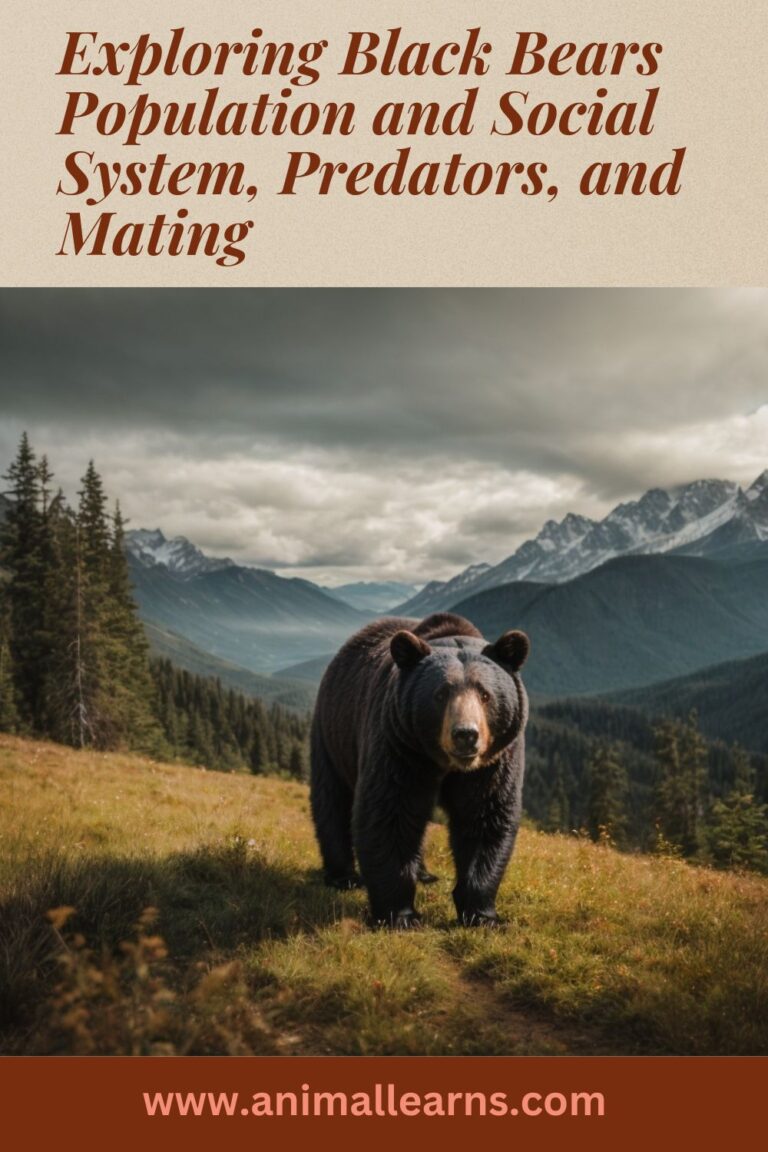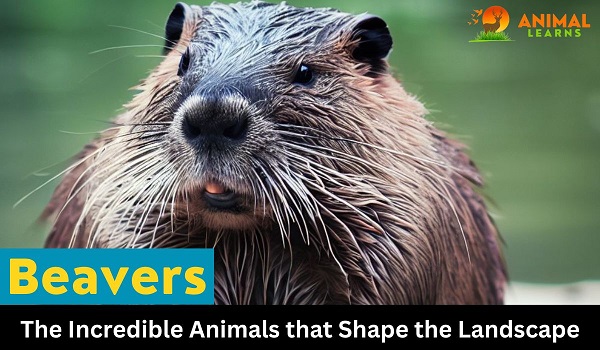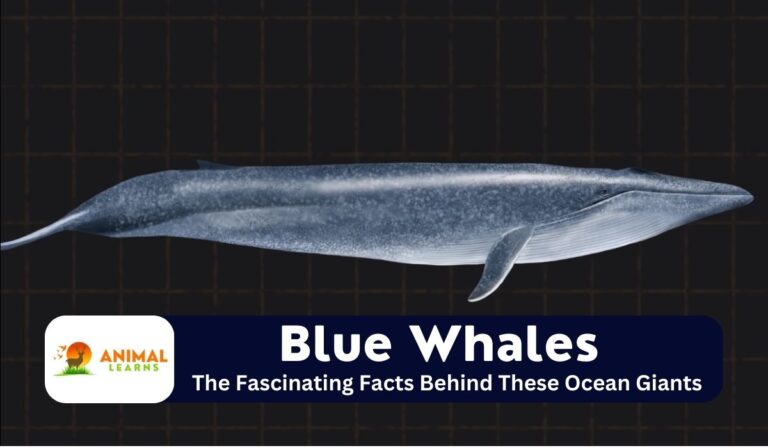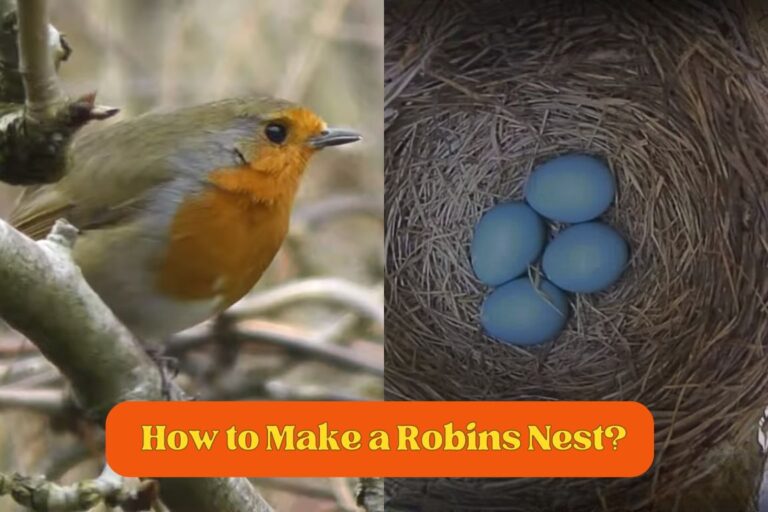Top 10 Amazing Animal Without Tails
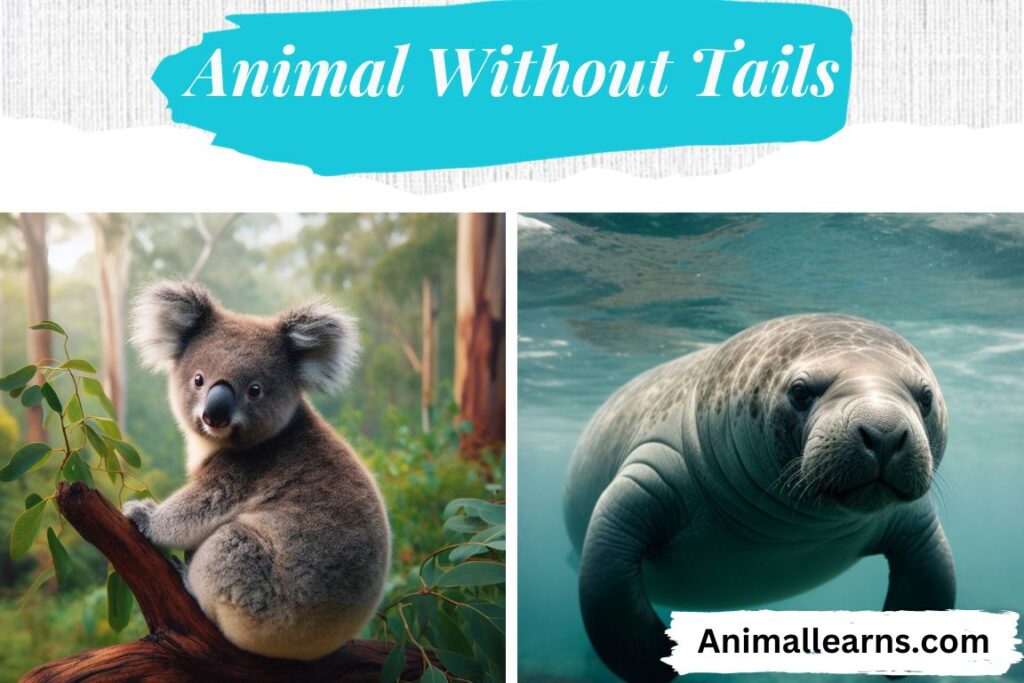
When it comes to animal without tails, especially those who are supposed to have them, have you ever wondered what the reason may be? There are creatures born without a tail in the astonishing tapestry of life, which serve various functions.
Although traditionally viewed as a vital part of an animal’s life, they are not. Why can these unique creatures survive without a tail?
The answer lies in their remarkable adaptations. There is a wide range of tailless wonders, from the mighty orangutans swinging through the treetops to the endearing koalas lounging in eucalyptus trees.
Nature’s resilience and creativity are evident in this roster of animals without tails that challenge our preconceptions.
Animal Without Tails List
Contents
- Manatee
- Hippopotamus
- Kiwi
- Guinea Pigs
- Orangutan
- Koala
- Gorillas
- Manx cat
- Frog
- Capybara
Manatee
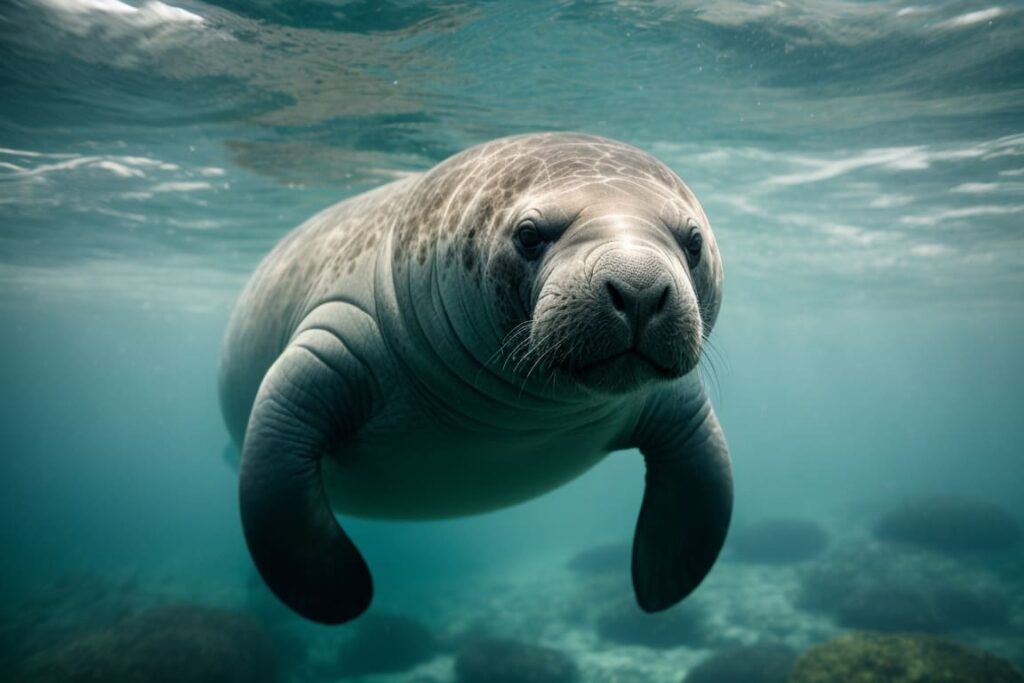
Large, amiable marine animals and manatees may be found worldwide in warm, shallow seas. Being herbivores, they graze on seagrass for most of their life. Manatees contribute significantly to the health of seagrass meadows and the marine ecology.
Physical characteristics
Manatees have thick, wrinkled skin and are either brown or gray in hue. Their paddle-shaped body and lack of a tail aid in their ability to swim. Manatees consume seagrass by grabbing it with their wide, prehensile lips.
They crunch seagrass with grinding plates on their lips instead of using claws or teeth. Manatees have a maximum weight of 3,500 pounds and a maximum length of 13 feet.
Behavior
Although manatees are solitary creatures, occasionally they form groups for mating or socializing. They graze on seagrass for most of their day and are sluggish swimmers. Manatees are very noisy animals that use clicks, whistles, and grunts to communicate with one another.
Hippopotamus
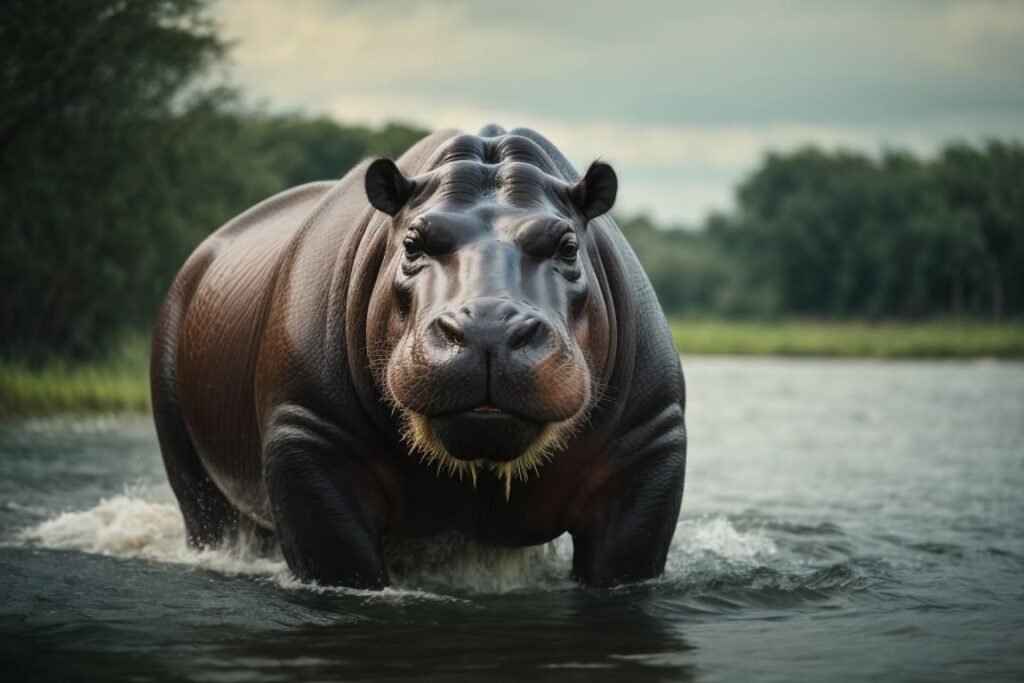
Hippopotamuses are massive and powerful creatures, but they are the only mammalian creatures without tails, which makes them an exception in the animal kingdom. Large, semi-aquatic creatures indigenous to Africa are called hippocampi.
After rhinos and elephants, they are the third biggest animal in the world. Since they are herbivores, hippos graze on grasses and aquatic plants in the water for most of their life.
Physical characteristics
Hippos have thick, hairless skin and are gray or brown in hue. Their barrel-shaped body and lack of a tail allow them to float. Hippos can walk underwater thanks to their strong, big legs.
They protect themselves against predators by using their big, sharp teeth. Hippos have a maximum weight of 8,000 pounds and a maximum length of 16 feet.
Behavior
Living in groups known as pods, hippos are gregarious creatures. They are fiercely protective of their area and will fight against intruder hippos. Being nocturnal creatures, hippos primarily rest in the water throughout the day. To feed at night, they emerge from the water.
Kiwi
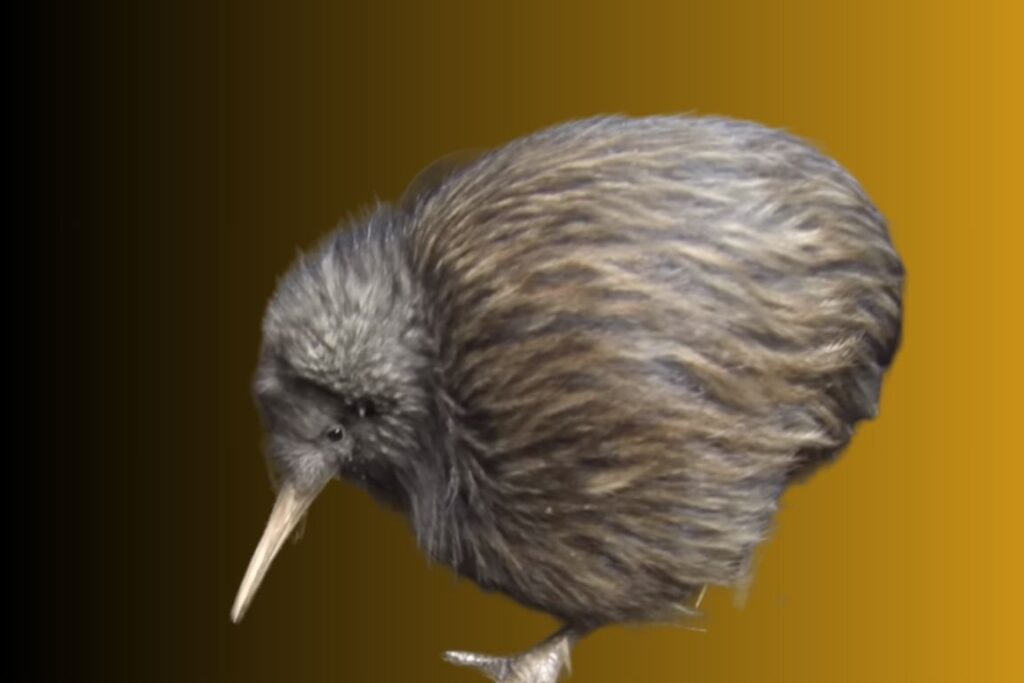
Known for its lack of tail feathers, the kiwi is one of New Zealand’s most iconic birds. They belong to the ratites, a group of flightless birds that also includes rheas, emus, ostriches, and cassowaries.
Among birds, the kiwi is unique: it is incapable of flying, has shaggy feathers that resemble hair, has powerful legs, and animal without tails.
Physical Characteristics:
Kiwis are flightless birds with powerful legs, long, narrow beaks, and remnant wings. Their fur-like plumage is either gray or brown. Kiwis can locate food in the dark because of their long, sensitive whiskers.
Behavior
Being nocturnal creatures, kiwis are most active at night. They sleep in burrows throughout the day. Being a territorial species, kiwis will protect their area from other kiwis.
Being omnivores, kiwis consume both plants and animals. Berries, worms, and insects make up the majority of their food.
Guinea Pigs
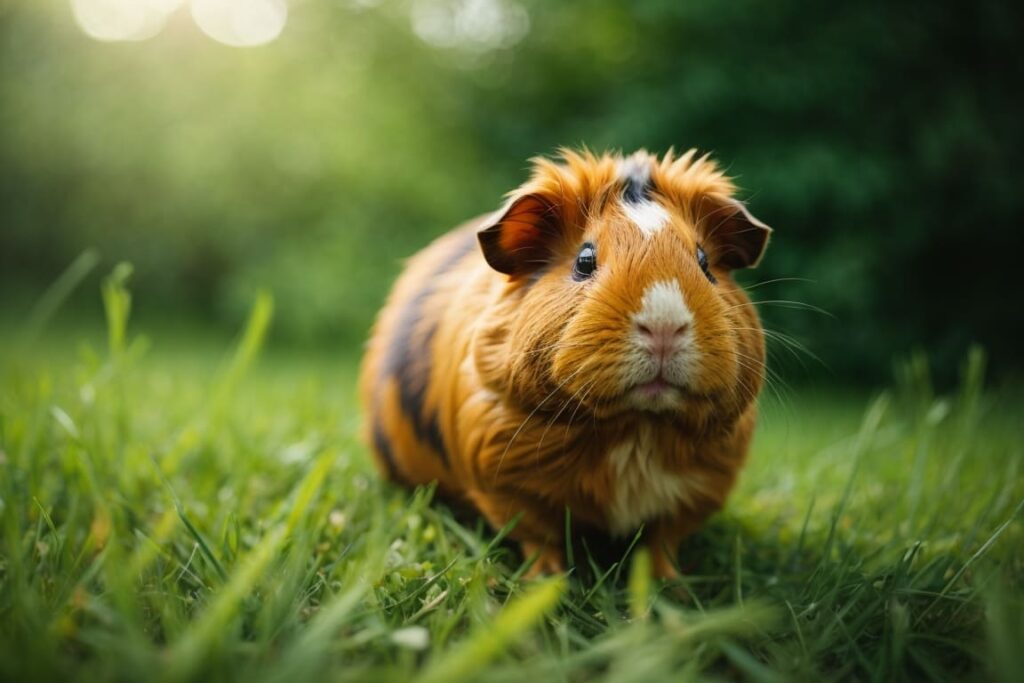
Another animal without tails is a guinea pig. As opposed to rats and rodents, guinea pigs, have a fused tailbone underneath their pelvis, which does not appear or express outside of the body.
In contrast to other animals that climb, jump, or burrow, guinea pigs are primarily walking and live on flat surfaces, so they don’t require tails.
Physical Characteristics
Guinea pigs are tiny, soft-furred rodents with short hair. They are available in a range of hues, including as tan, brown, white, and black. The front incisors of guinea pigs are long and develop constantly throughout their lives.
Behavior
Due to their social nature, guinea pigs thrive in groups or partnerships. They are friendly creatures that require little maintenance. Guinea pigs exclusively consume plants since they are herbivores. Their food mostly consists of fresh veggies, pellets, and hay.
Orangutan
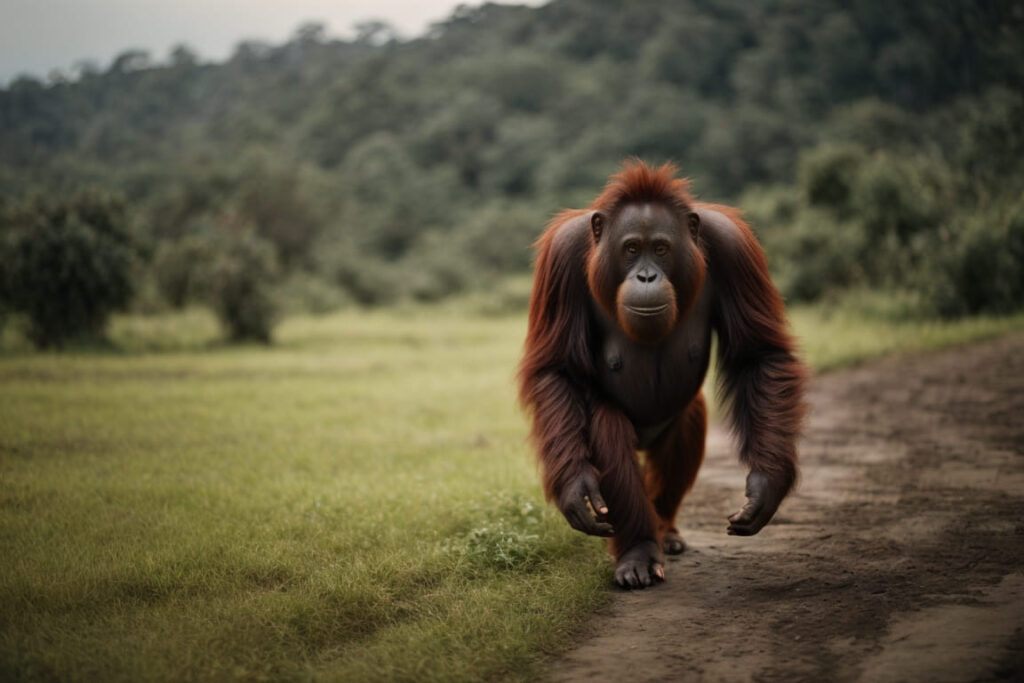
Unlike other apes, Orangutans are mammals with no tails, including gorillas, bonobos, and gorilla-like creatures. Their last sacral vertebra was tapering, so a tail would not have attached to it.
Physical Characteristics
The biggest monkeys that live in trees are orangutans. Their arms and legs are powerful and flexible, and their fur is long and reddish-orange. Given their size and intelligence, orangutans are thought to be highly intelligent animals.
Behavior
As solitary creatures, orangutans spend most of their time by themselves. Since they are arboreal creatures, they spend a large portion of their time in trees.
Being omnivores, orangutans consume both plants and animals. Their primary sources of food include fruits, leaves, and insects.
Koala

Koalas are fascinating arboreal mammals noted for their adorable appearance and affinity for eucalyptus leaves. They are considered to be among the “animals without tails. The koala is a famous Australian marsupial known for its cute appearance and eucalyptus-leaf diet.
A koala is an arboreal mammal that spends the majority of its time in trees that grow in the canopy. One of the koala’s distinctive features is its lack of a tail.
While their ancestors had tails, they have lost them over time because they no longer needed them to live in trees.
Physical Characteristics
A koala is a small, gray marsupial with a large nose and soft, thick fur. They have short limbs and sharp claws that are useful for climbing trees. Koalas are relatively inactive and have small brains.
Behavior
It is a solitary animal that sleeps in trees and feeds on eucalyptus leaves, among other materials. It is also known for its unique vocalizations, which sound like a baby crying or coughing.
Gorillas
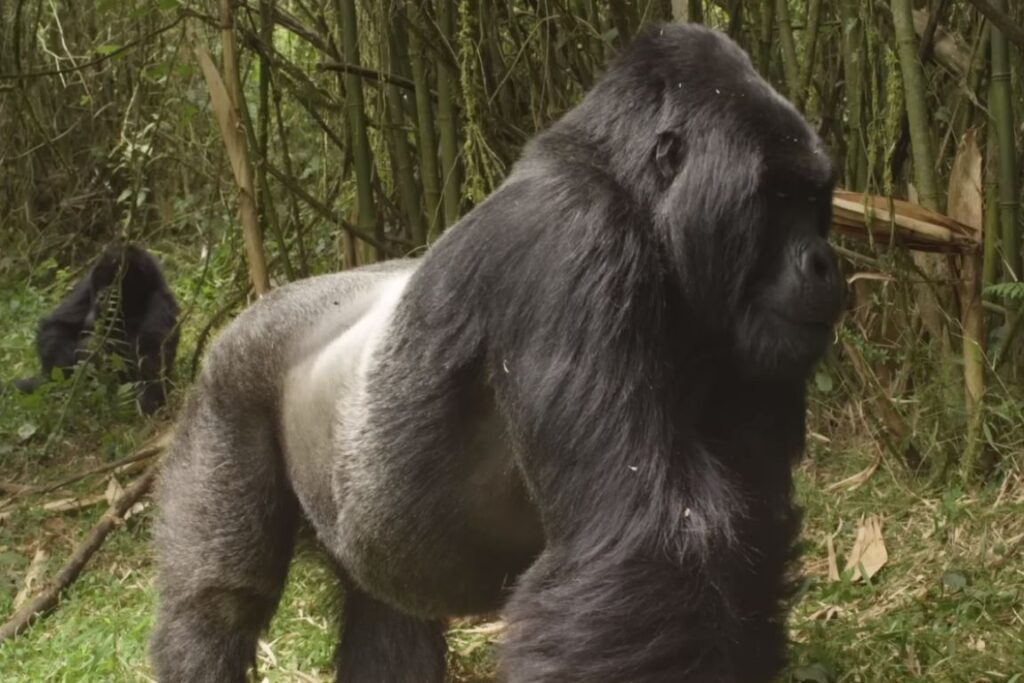
Another animal without tails is a gorilla. The great apes are also heavy, long-armed, and tailless cousins of humans. Their common ancestor is believed to be humans.
With a male weight of 400 pounds, gorillas are the largest living primates. They are found only in Central African rainforests.
They are social animals, living in groups of up to 30 people. They are vegetarians, eating mostly fruits, leaves, and stems. Only about 100,000 gorillas remain in the wild.
Physical Characteristics
A gorilla is the world’s largest primate. It has a distinctive crest on its head and a large body. It is equipped with strong arms and legs and can walk on its knuckles.
Behavior
A gorilla is a social animal that lives in groups of up to 30 individuals. They are herbivores who eat different fruits, leaves and stems. They are also known for their intelligence and ability to use tools.
Manx cat

It is said that Manx cats are born without tails as a result of a genetic mutation that causes them to be born without tails. They are native to the Isle of Man, a small island in the British Isles. Pets of this breed are playful, affectionate, and very popular.
Physical Characteristics
Short-tailed Manx cats are known for their playful and affectionate personalities and are available in a variety of colors and patterns.
Behavior
Known for their intelligence and trainability, Manx cats are active, playful, and love to spend time with their owners.
Frog
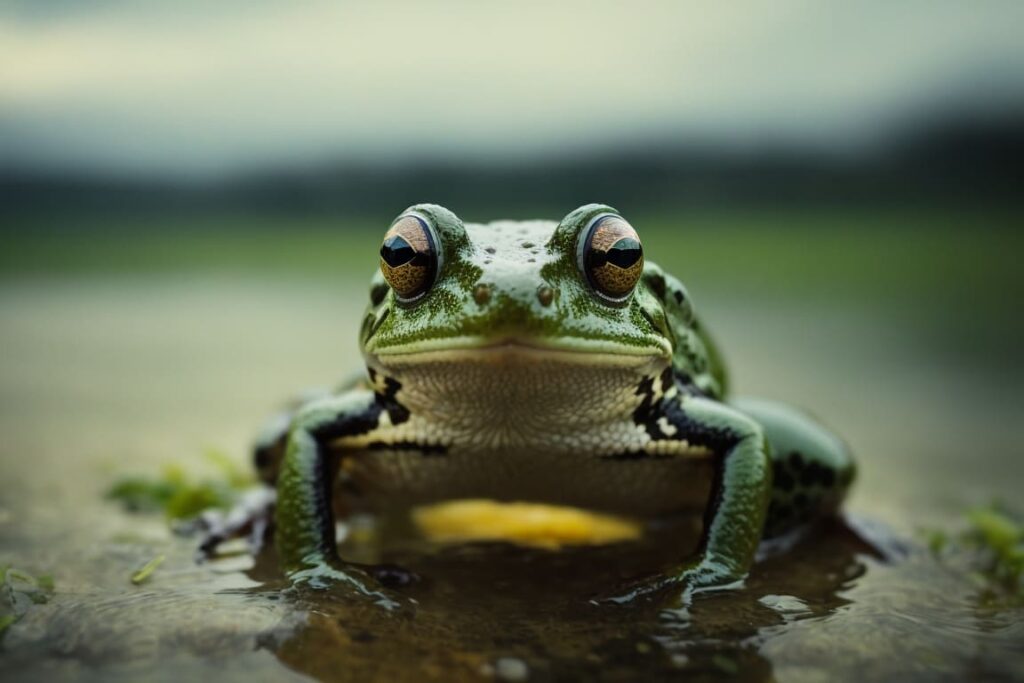
Frogs are tailless amphibians that undergo metamorphosis, starting as aquatic tadpoles with tails and transforming into animal without tails. As amphibians, frogs spend much of their time underwater and on land.
The webbed feet of frogs allow them to swim, the long legs allow them to jump, and their sticky tongue makes them well-suited to their environment. Insect populations are also controlled by frogs, which are also important predators.
Physical Characteristics:
There are a range of different types and colors of frogs. Frogs have small, smooth, moist skin on their bodies. They also have webbed feet, large eyes, and four legs.
Behavior:
As a carnivore, frogs feed on insects, worms, and other small animals, and are known for jumping long distances. Frogs live throughout the world, in many different habitats.
Capybara
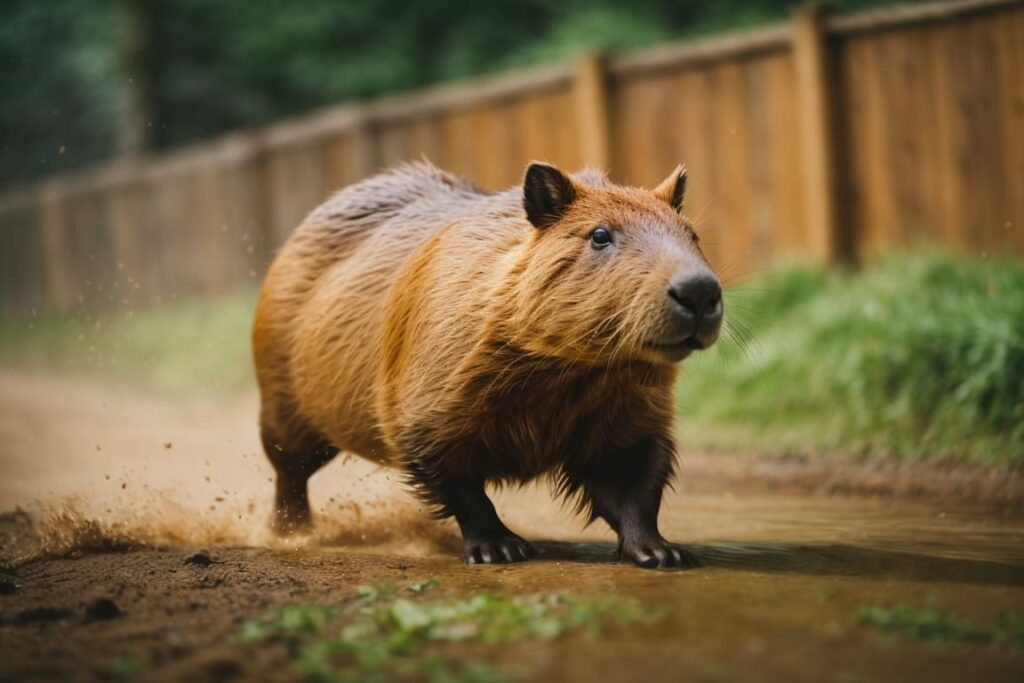
Capybaras, the largest rodents in the world, are social animal without tails that spend most of their time in or near water. The largest rodent in the world is the capybara.
They live in savannas, grasslands, and forests in South America. They are social animals, living in groups of up to 100 individuals.
Many predators, including jaguars, anacondas, and caimans, rely on capybaras for food sources. The capybaras are herbivores, eating mostly grasses and plants.
Physical Characteristics
Known for their webbed feet and reddish-brown fur, capybaras are the world’s largest rodents. They have small ears and eyes, a blunt snout, and reddish brown fur.
Behavior
It lives in groups of 100 individuals, eats grasses, plants, and fruits, and is an expert swimmer. Capybaras are social animals that live in groups of up to 100 individuals.
Land Animals Without Tails
Land animals without tails encompass a remarkable array of species, each showcasing distinctive adaptations. This exploration delves into the intriguing category of 4-legged animals without tails and provides a curated list of animals without tails, featuring the top seven members of this exclusive group.
From the agile and nimble to the quietly camouflaged, these creatures challenge conventional notions about the necessity of tails in the animal kingdom.
Noteworthy examples include small animals without tails, demonstrating that size doesn’t dictate the significance of this appendage.
As we unveil the top seven, we encounter diverse inhabitants of the animal kingdom, from monkeys without tails to land dwellers with unique locomotion strategies.
The exploration not only highlights the adaptability of animals without tails but also emphasizes the fascinating ways in which evolution shapes their lives.
Humans and Animals: Comparing Tails and Pondering Adaptations
Are humans the only animals without tails? This question prompts a deeper examination of the role of tails in the animal kingdom. While some animals, like gorillas without tails, share this characteristic with humans, the absence of a tail does not hinder adaptability.
Exploring the question “What kind of animal does not have a tail” unveils a spectrum of species, each with its own evolutionary story. From animals with short tails to those without tails altogether, the diverse adaptations challenge preconceptions.
Additionally, contemplating “why animals need tails” and “how animals without tails know when they’re happy” adds a behavioral dimension to the exploration.
This journey into the world of animal without tails invites us to appreciate the complexity of evolution and the varied ways in which different species navigate their environments without this seemingly ubiquitous appendage.
FAQs
Are there animal without tails?
Yes, numerous species, including certain rodents, reptiles, and insects, naturally lack tails.
What animals have no tails?
Examples of animals without tails include snakes, turtles, elephants, and some breeds of dogs, such as the Manx cat.
Why do some animals not have tails?
Evolutionary adaptations and environmental factors have led to the development of various animals without tails, with some species finding alternative ways to thrive.
Are humans the only animal without tails?
No, humans share the characteristic of not having tails with certain primates, like tailless monkeys.
Do all small animals lack tails?
No, the absence of tails is not exclusive to small animals, but it can be found across various sizes and species, showcasing the diversity of evolutionary paths in the animal kingdom.









